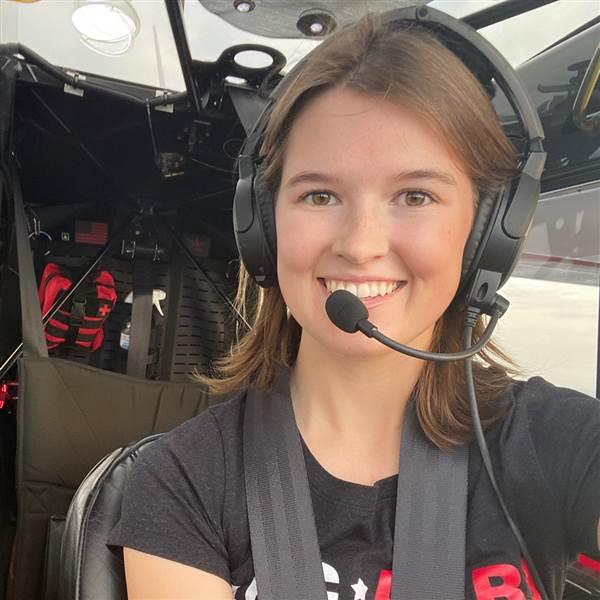Bring on the power
Stoots Aviation is adding the beef to your airplane

What I did know was this aircraft would be anything but a performer. As a devout fan of horsepower, I wasn’t quite sure what to think of the meek little airplane after struggling to climb on takeoff during a summer day in Georgia. I wasn’t sold.
Luckily, this is where Dave Stoots (above) comes into play. Stoots is the owner of Stoots Aviation in Fairbanks, Alaska, where he specializes in Cessna 170, 172, and 175 engine conversions. He generously flew from Alaska to Peach State Aerodrome (GA2) in Georgia to install the Continental Prime IO-370 195-horsepower engine, Hartzell Trailblazer propeller, Sportsman wing cuffs, and other odds and ends on the AOPA Sweepstakes Cessna 170B.
As a resident of the last frontier, Stoots knows the backcountry and its challenges well. “The only way to enjoy Alaska is flying,” said Stoots. “[My supplemental type certificates] evolved in an environment that demanded it, and an airplane that could achieve it.”
“I flew a Cessna 170 with a 180-horse carbureted constant speed on it for a while, [but] it had a lot of shortcomings,” said Stoots. “I wanted more distance and more economy, heavier load capabilities.” As a result, he purchased a Cessna 175 and got to work. It didn’t take long before “other people saw my airplane and how it performed...so I developed the STC,” he said. “I [made an] airplane for Alaska.”
But what is it that makes this STC so special? Besides it being “the most fun you can have with your pants on,” according to Stoots, the STC drastically improves a stock Cessna’s short takeoff and landing distances (100 feet to 300 feet), climb rates (1,200 feet to 1,400 feet per minute), and cruise speeds (140 to 145 miles per hour).
“Power is one of those things where it’s better to have it and not need it than need it and not have it,” said Stoots. “When you have that extra power, it is a much safer airplane to operate.”
As far as the actual installation of the STC is concerned, an A&P mechanic can expect a two- to three-week commitment. Stoots said it’s just “like doing an engine change. There’s a little work on the cowling to put a new nose bowl in, but otherwise it’s pretty straight forward.”
For Stoots, being part of the 2023 Sweepstakes Cessna 170 project is his “opportunity to give back to general aviation. This is my passion, my world, and AOPA represents that. It takes a lot of people to put these things together. It takes aviation companies like Hartzell, Continental, F. Atlee Dodge, Airforms, to do these kinds of conversions. All these people come together to have quality aviation products that I put together as an assembly that I put together as an approved STC for these Cessna models.”
Watch the reels @flywithaopa



